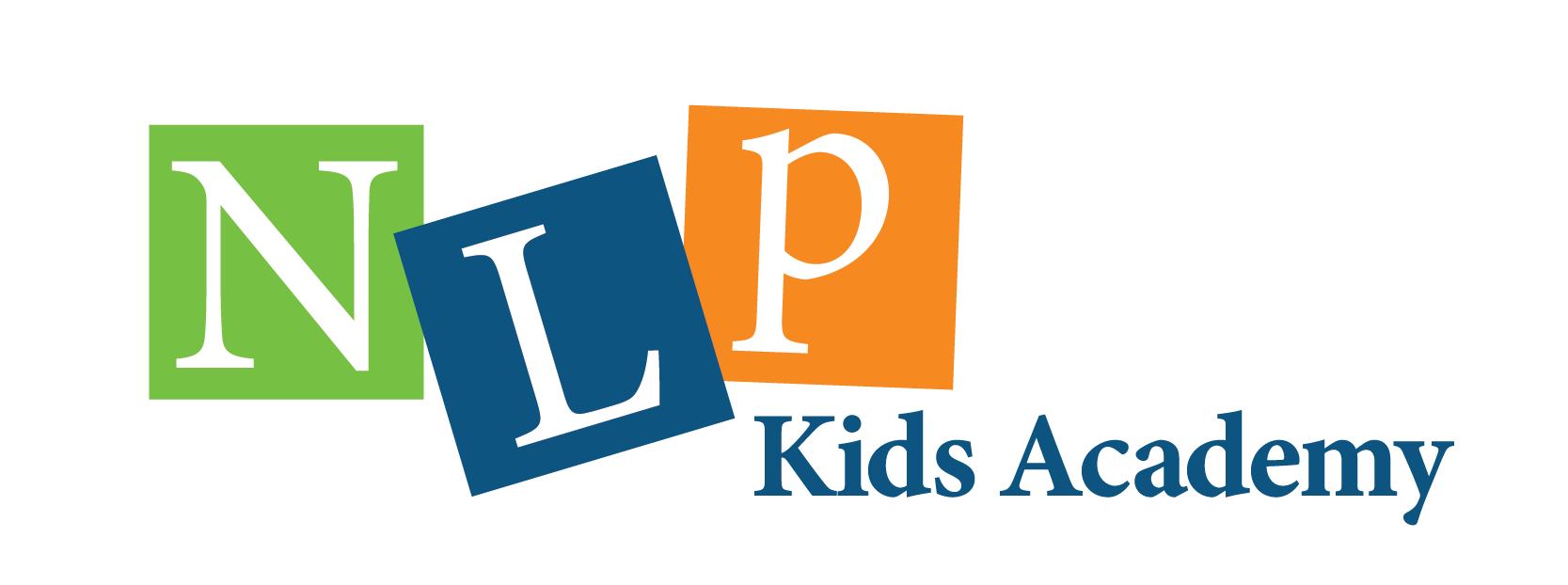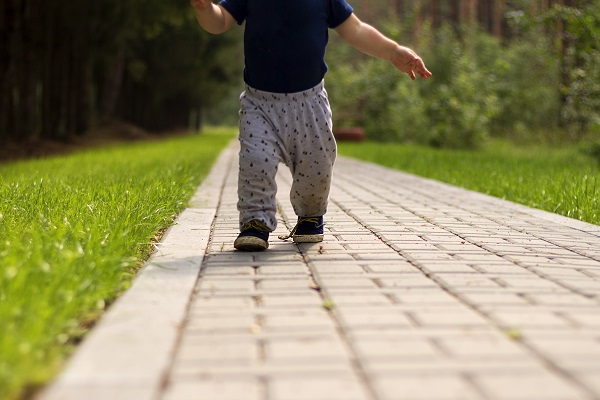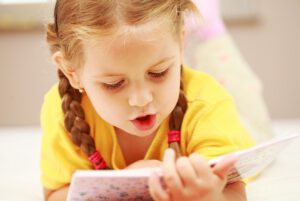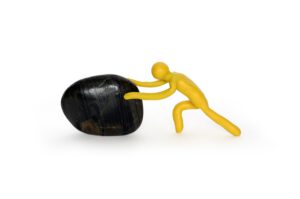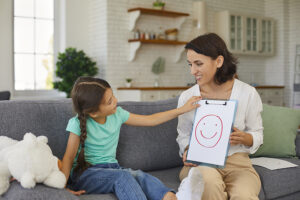However you look at it, in life, we are always progressing step-by-step, each time, using small targets up to big ones. We work hard to achieve the goals we set for ourselves. Children and youths work the same way, even if they are unaware of it. So, what do you do if you have come across children/youths who come for their first meeting and find it difficult to set goals that are as positive and achievable.
This activity was created to assist you, facilitator/therapist, in guiding the child/youth to define, experientially, a possible positive and achievable goal that will enable him to take the steps towards his goal.
We would love to get your feedback and hear how this technique worked for you.
It is not uncommon for a child to ask us how to achieve “happiness,” “joy,” “self-confidence,” and “lots of friends” …How complex and challenging are outcomes when defined in such a way?
This activity has two purposes:
- To set a primary goal for the child/youth (such as happiness, joy, self-confidence, etc.) until they derive smaller goals that lead them to their main goal.
- Activity that helps the child/youth to set goals for themselves.
Materials required:
- Cardboard/poster
- Pencils/ crayons
Method
- Ask the child/youth (with your help) to draw both of his footprints onto the cardboard and cut them out.
- Lay them on the floor with each big toe side-by-side with the adjacent heel, as in the diagram.


3. Ask the child/ youth to take the last footprint they put on the floor, write/ draw their main goal on it (the reason they sought out your help), and replace it on the floor.
4. Ask the child/youth to pick up the footprint before that one and ask:
- “What needs to happen so that this footprint will lead us towards the main goal?” Or:
- “What do you think needs to happen here (pointing at the second footprint) to reach the main goal?” Or:
- “Which step do you need to take to get to your goal?”
5. Ask the child/youth to write down or draw what was said.
Take another footprint, put it in front of the steps you have done, and ask the same question but change it a little this time: Which step do you need to take to get to the step you just defined? (The step before the main goal).
6. Carry on doing this until you reach the main goal via several smaller goals that lead up to it.
Discussion
- Are the goals you set for yourself realistic/attainable for you? If so, leave them as they are. If not, change them so that they are suitable.
- Why do you think it is necessary to set your own goals?
- Are there any other goals you want to achieve?
- What do you think you can do right now to achieve your goals? (It is advisable to guide the child/youth to make the first step on his way to achieving his goal.)
